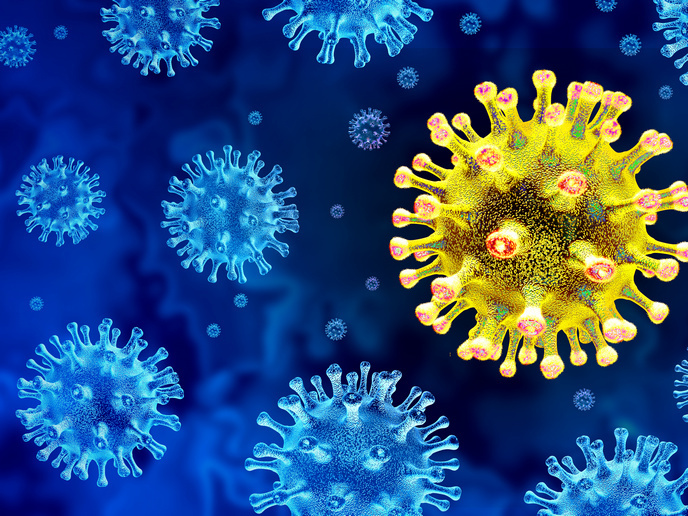Nanotechnology for targeted cancer therapy
Nanoparticle-based drug delivery systems are likely to reduce toxicity and side-effects (via targeted delivery), cost of treatments and even time of treatment with respect to alternative therapies. Single-walled carbon nanotubes (SWNTs) have received much attention lately due to the discovery that they penetrate human cells potentially four times faster and travel deeper than comparable uniformly shaped particles. For example, rapid local injections of drugs could take the place of several hours of non-localised intravenous infusion in diseases like rheumatoid arthritis or Crohn’s disease. Combining SWNTs with smart materials, those that respond to environmental stimuli, to create controllable drug delivery devices for tumour therapy was the driving factor behind initiation of the ‘Smart nanomaterials with applications in photodynamic therapy’ (SNAP) project. Scientists focused on photosensitisers, substances that react to absorption of light. One class of these substances is used in photodynamic cancer therapy whereby exposure to light activates a drug that kills cells. While highly effective, they lack specificity with respect to healthy and cancerous cells and are not very soluble in water, the basis of intra- and extracellular fluid. In order to enhance their ability to differentiate between normal and cancerous cells, researchers sought to functionalise photosensitisers. Addition of various sensor (receptor) units would enable the photosensitisers to be switched on/off in the presence/absence of certain signals (substrate molecules that bind with the receptor or local environmental conditions such as ion or pH changes). Researchers developed water-soluble carbon nanotubes and characterised them using a variety of experimental techniques providing information not found in the literature. They also developed a procedure for producing high-purity selectively-functionalised SWNTs that preserved optical and electrical properties. Synthesis and characterisation of a number of potential photosensitisers and subsequent covalent bonding to SWNTs pointed to uses in photovoltaic applications such as energy conversion. The SNAP project team made important progress in development of water-soluble SWNTs and photosensitisers that should serve as a basis for further development of targeted and intelligent photodynamic drug delivery systems as well as solar energy devices.







